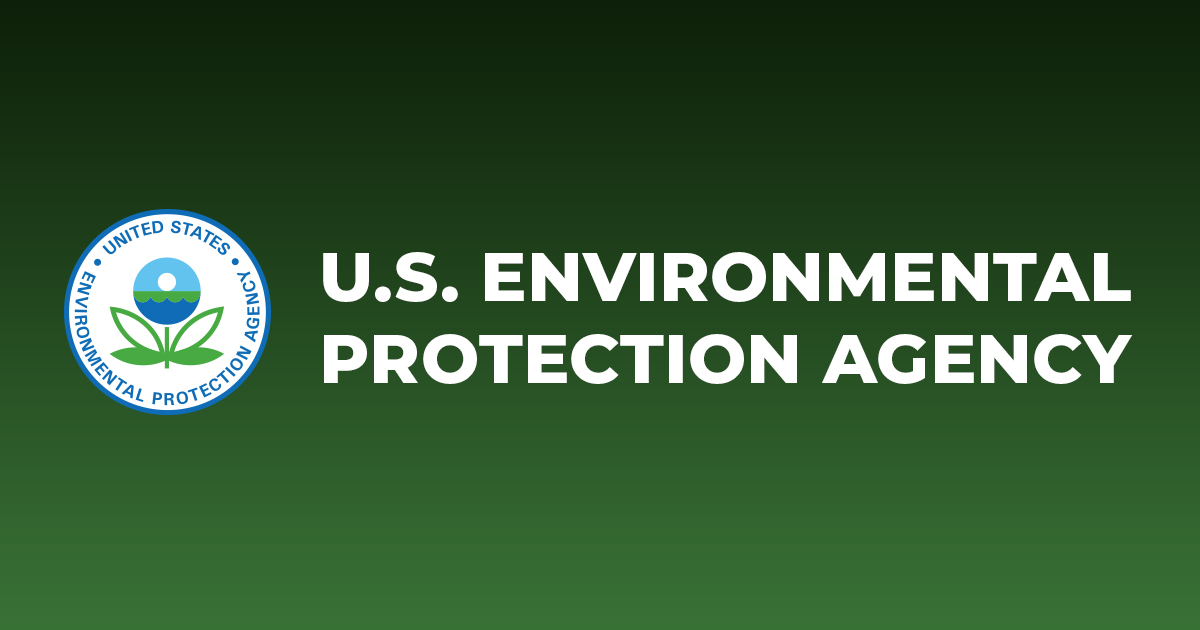
EPA Works to Provide Clean and Safe Drinking Water Amid Climate Change

The Environmental Protection Agency (EPA) collaborates with state, tribal, and local governments to ensure the provision of clean and safe drinking water, even in the face of climate change.
Impact of Climate Change on Source Water Quality
Climate change poses a threat to the quality of source water in several ways. Firstly, it leads to increased runoff of pollutants and sediment, which can contaminate rivers, lakes, and streams. This runoff and sedimentation can complicate the treatment process at drinking water utilities, resulting in higher costs. Additionally, climate change causes heavy downpours to become more frequent, further exacerbating the issue of pollutant runoff and sedimentation.
- Increased Runoff and Sedimentation
- Heavy rainfall due to climate change increases pollutant runoff and sedimentation in source waters.
- Runoff and sedimentation complicate treatment at drinking water utilities and increase costs.
- Erosion and sedimentation diminish water quality, block stormwater management systems, and reduce storage capacity.
- Intensified Drought
- Climate change is projected to intensify drought across much of the country.
- Drought can lead to a loss of water supply for utilities and increased demand from customers.
- Short-term water sources, such as reservoir or lake levels, can be reduced during droughts, affecting water availability.
- Drought can also concentrate contaminants in source waters, diminishing water quality and increasing treatment costs.
- Saltwater Intrusion
- Drought and sea level rise, combined with changing water demand, can result in saltwater intrusion into source waters.
- Saltwater intrusion reduces available source water and degrades its quality.
- Impact on Water Quality
- Climate change affects the ability to maintain source water quality and the conditions of surrounding rivers, lakes, and streams.
- Increased stormwater runoff due to climate change degrades water quality and worsens existing pollution problems.
- Higher air and water temperatures promote the growth of harmful algae and microbes in waterbodies.
- Harmful Algal Blooms (HABs) threaten the availability of source water and increase the need for drinking water treatment.
Explore More About Adaptation and Source Water Impacts
Learn more about how climate change adaptation strategies can mitigate the impacts on source water quality.
SDGs, Targets, and Indicators
-
SDG 6: Clean Water and Sanitation
- Target 6.3: By 2030, improve water quality by reducing pollution, eliminating dumping and minimizing release of hazardous chemicals and materials.
- Indicator 6.3.2: Proportion of bodies of water with good ambient water quality.
-
SDG 13: Climate Action
- Target 13.1: Strengthen resilience and adaptive capacity to climate-related hazards and natural disasters in all countries.
- Indicator 13.1.1: Number of deaths, missing persons, and directly affected persons attributed to disasters per 100,000 population.
- Indicator 13.1.2: Number of countries that adopt and implement national disaster risk reduction strategies in line with the Sendai Framework for Disaster Risk Reduction 2015-2030.
Analysis
The issues highlighted in the article are connected to SDG 6: Clean Water and Sanitation and SDG 13: Climate Action.
SDG 6: Clean Water and Sanitation
The article discusses how climate change threatens the quality of source water through increased runoff of pollutants and sediment, decreased water availability from drought and saltwater intrusion, and overall efforts to maintain water quality. This aligns with SDG 6’s goal of ensuring clean water and sanitation for all.
Specifically, Target 6.3 of SDG 6 is relevant to the article’s content. It aims to improve water quality by reducing pollution, eliminating dumping, and minimizing the release of hazardous chemicals and materials. The article mentions that heavy rainfall can increase pollutant runoff and sedimentation in source waters, which can complicate treatment at drinking water utilities and result in increased costs. Therefore, addressing Target 6.3 is crucial in maintaining clean and safe drinking water.
The article does not explicitly mention Indicator 6.3.2, which measures the proportion of bodies of water with good ambient water quality. However, it implies the importance of this indicator as it discusses the potential degradation of water quality due to climate change impacts.
SDG 13: Climate Action
The article highlights how climate change affects the ability to maintain source water quality and the water quality conditions of surrounding rivers, lakes, and streams. It mentions that increased stormwater runoff can degrade water quality and worsen existing pollution problems. This connects to SDG 13’s goal of taking urgent action to combat climate change and its impacts.
Target 13.1 of SDG 13 is relevant to the article’s content. It aims to strengthen resilience and adaptive capacity to climate-related hazards and natural disasters in all countries. The article discusses how climate change intensifies drought, which can lead to a loss of water supply and increased demand from customers. Addressing Target 13.1 is crucial in building resilience to climate-related water challenges.
The article does not explicitly mention Indicator 13.1.1, which measures the number of deaths, missing persons, and directly affected persons attributed to disasters per 100,000 population. However, it implies the importance of this indicator as it discusses the potential impacts of climate change on water availability and quality.
Additionally, the article does not mention Indicator 13.1.2, which measures the number of countries that adopt and implement national disaster risk reduction strategies. However, it is relevant to the article’s content as it emphasizes the need for effective strategies to mitigate the impacts of climate change on water resources.
Table: SDGs, Targets, and Indicators
| SDGs | Targets | Indicators |
|---|---|---|
| SDG 6: Clean Water and Sanitation | Target 6.3: By 2030, improve water quality by reducing pollution, eliminating dumping and minimizing release of hazardous chemicals and materials. | Indicator 6.3.2: Proportion of bodies of water with good ambient water quality. |
| SDG 13: Climate Action | Target 13.1: Strengthen resilience and adaptive capacity to climate-related hazards and natural disasters in all countries. | Indicator 13.1.1: Number of deaths, missing persons, and directly affected persons attributed to disasters per 100,000 population. |
| Indicator 13.1.2: Number of countries that adopt and implement national disaster risk reduction strategies in line with the Sendai Framework for Disaster Risk Reduction 2015-2030. |
Copyright: Dive into this article, curated with care by SDG Investors Inc. Our advanced AI technology searches through vast amounts of data to spotlight how we are all moving forward with the Sustainable Development Goals. While we own the rights to this content, we invite you to share it to help spread knowledge and spark action on the SDGs.
Fuente: epa.gov

Join us, as fellow seekers of change, on a transformative journey at https://sdgtalks.ai/welcome, where you can become a member and actively contribute to shaping a brighter future.






